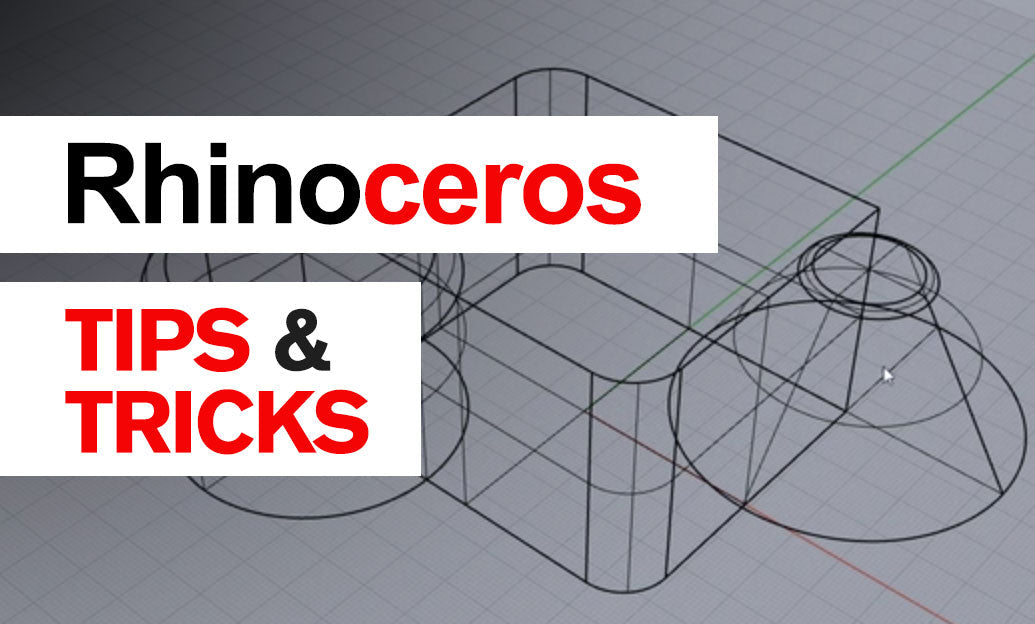Your Cart is Empty
Customer Testimonials
-
"Great customer service. The folks at Novedge were super helpful in navigating a somewhat complicated order including software upgrades and serial numbers in various stages of inactivity. They were friendly and helpful throughout the process.."
Ruben Ruckmark
"Quick & very helpful. We have been using Novedge for years and are very happy with their quick service when we need to make a purchase and excellent support resolving any issues."
Will Woodson
"Scott is the best. He reminds me about subscriptions dates, guides me in the correct direction for updates. He always responds promptly to me. He is literally the reason I continue to work with Novedge and will do so in the future."
Edward Mchugh
"Calvin Lok is “the man”. After my purchase of Sketchup 2021, he called me and provided step-by-step instructions to ease me through difficulties I was having with the setup of my new software."
Mike Borzage
Revit Tip: Enhancing Architectural Detail Efficiency in Revit: Best Practices and Tips
June 22, 2025 2 min read

Optimizing architectural details in Revit enhances the precision and quality of your building models. Here are some best practices to ensure your details are both efficient and effective:
- Utilize Detail Levels: Revit allows different detail levels (Coarse, Medium, Fine) to control the visibility of components. Adjust these levels to manage the complexity of your details without cluttering the model.
- Leverage Detail Components: Revit's library of detail components can save time and ensure consistency. Customize these components to fit your project's specific needs and maintain a standardized appearance.
- Use Annotation Tools Effectively: Annotations such as tags, leaders, and text notes should be clear and concise. Ensure they accurately represent the intended details and maintain readability across different scales.
- Maintain Consistent Scale: When creating detail views, ensure that the scale is appropriate for the level of detail required. Consistent scaling helps in maintaining uniformity across drawings and minimizes confusion.
- Implement Detail Lines Strategically: Use a variety of line types and weights to differentiate between various elements. This strategy enhances clarity and helps in distinguishing different components within the detail.
- Organize Details with View Templates: Create and apply view templates to standardize the appearance of detail views. This practice ensures consistency and saves time when managing multiple detail views.
- Optimize Performance with Linked Files: For complex projects, use linked files to manage detailed components. This approach keeps the main model lightweight and improves overall performance.
- Collaborate Using Worksets: Assign architectural details to specific worksets to streamline collaboration. This method allows multiple team members to work on different aspects of the details without interference.
- Review and Validate Details: Regularly review detail views for accuracy and completeness. Validate that all necessary information is included and that the details align with the overall project requirements.
- Stay Updated with NOVEDGE Resources: NOVEDGE offers a wealth of resources and tutorials on managing and optimizing architectural details in Revit. Explore their [latest guides](https://www.novedge.com) to stay informed of best practices and new techniques.
By implementing these best practices, you can enhance the quality and efficiency of your architectural details in Revit, leading to more accurate and professional project outcomes. For more advanced tips and support, consider partnering with [NOVEDGE](https://www.novedge.com), your trusted source for Revit expertise.
You can find all the Revit products on the NOVEDGE web site at this page.
Also in Design News

Rhino 3D Tip: Rhino Section — Precise Cut Profiles for Documentation and Fabrication
January 06, 2026 2 min read
Read More
Design Software History: APT to G‑Code Dialects: The Evolution and Persistence of Vendor‑Specific CNC Post‑Processing
January 06, 2026 11 min read
Read More
Real-time CFD for Design Reviews: Progressive Solvers, GPU Pipelines, and Uncertainty-Aware Collaboration
January 06, 2026 12 min read
Read MoreSubscribe
Sign up to get the latest on sales, new releases and more …


